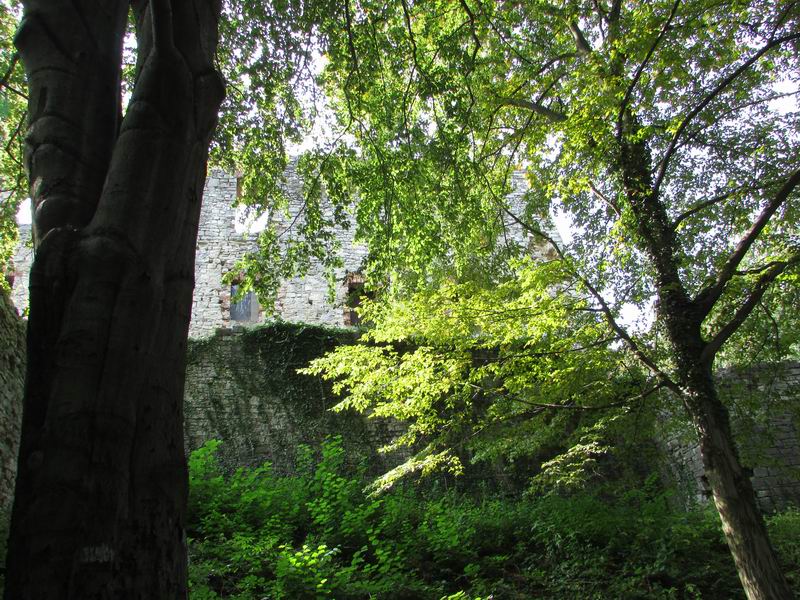Małopolskie
Interesting facts about the history of the castle and town
XIII century
At the beginning of the 13th century, Lipowiec belonged to the House of Griffins (Gryfici) of Lesser Poland.
1238
In 1238 Klemens Ruszczy (Coat of Arms Gryf) gave Lipowiec together with wooden village to the Benedictine convent in Staniątki, whose abess was the donor's daughter.
XIII century
In the second half of the 13th century, the bishop of Krakow, Jan Prandota, bought the rights to Lipowiec and increased the possessions of the Krakow bishopric. It was on his initiative that the first fortified settlement was built.
1294
In 1294 Jan Muskata became the bishop of Cracow and started a thorough reconstruction of the Lipowiec Castle.
XIV century
At the beginning of the 14th century, the brother-in-law of bishop Jan Muskata, Gerlach de Kulpe, became the administrator of the Lipowiec Castle. He soon took up robbery as a profession, attacking the local people.
1307
In the second half of 1307, the Cracow bishop Jan Muskata, who was in conflict with Władysław the Short, spent his time mainly at the Lipowiec castle.
14 June 1308
On 14 June 1308, in Kraków, the Archbishop of Gniezno, Jakub Świnka, announced a sentence according to which Jan Muskata was suspended his pastoral duties. He was accused of a lavish lifestyle and leading a life of immorality. He was also accused of robberies and robberies committed, among others, the Lipowiec Castle.
1309
In 1309 Jan Muskata issued a document in which he promised to hand over the Lipowiec Castle to the Chapter.
August 1312
In August 1312, Jan Muskata stayed at the Lipowiec Castle.
1430
In 1430, Zbigniew Oleśnicki, Bishop of Cracow, was a guest in the Lipowiec Castle. During his reign, the Lipowiec stronghold was extended, giving it the shape that has survived until today. At that time, the Lipowiec stronghold started to serve as a prison for the clergy and Church reformers.
1437
In 1437 abbot Mikołaj Busko was imprisoned in Lipowiec fortress.
1550
In 1550 an Italian lecturer of the Krakow Academy, Francesco Stancaro, was imprisoned in Lipowiec fortress for promoting Unitarianism.
1629
In 1629 a great fire ravaged the walls of the Lipowiec Castle, consuming mainly the pre-castle.
1630-1640
In the 1630s of the 17th century Bishop Jakub Zadzik rebuilt the burnt pre-castle. At that time, however, the bishops resided mainly in a comfortable manor house built by Jakub Zadzik at the foot of the castle hill.
1655
In 1655 the Lipowiec Castle was captured by the Swedes. General Wirtz resided here for 2 years.
1657
In 1657 retreating Swedes fire to the Lipowiec Castle.
17 August 1683
On 17 August 1683 Jan Sobieski stopped at the Lipowiec Castle on his way to Vienna.
1720
In 1720 Bishop Felicjan Szaniawski started to renovate the Lipowiec Castle. A retreat house and a place of correction for priests were located there.
1789
In 1789 by decree of the emperor Josef II Habsburg Lipowiec Castle became property of the Austrian treasury.
1863
In 1863, during the January Uprising a unit of general Marian Langiewicz took shelter in the ruins of the Lipowiec Castle.
Wersja polska
Version française




















